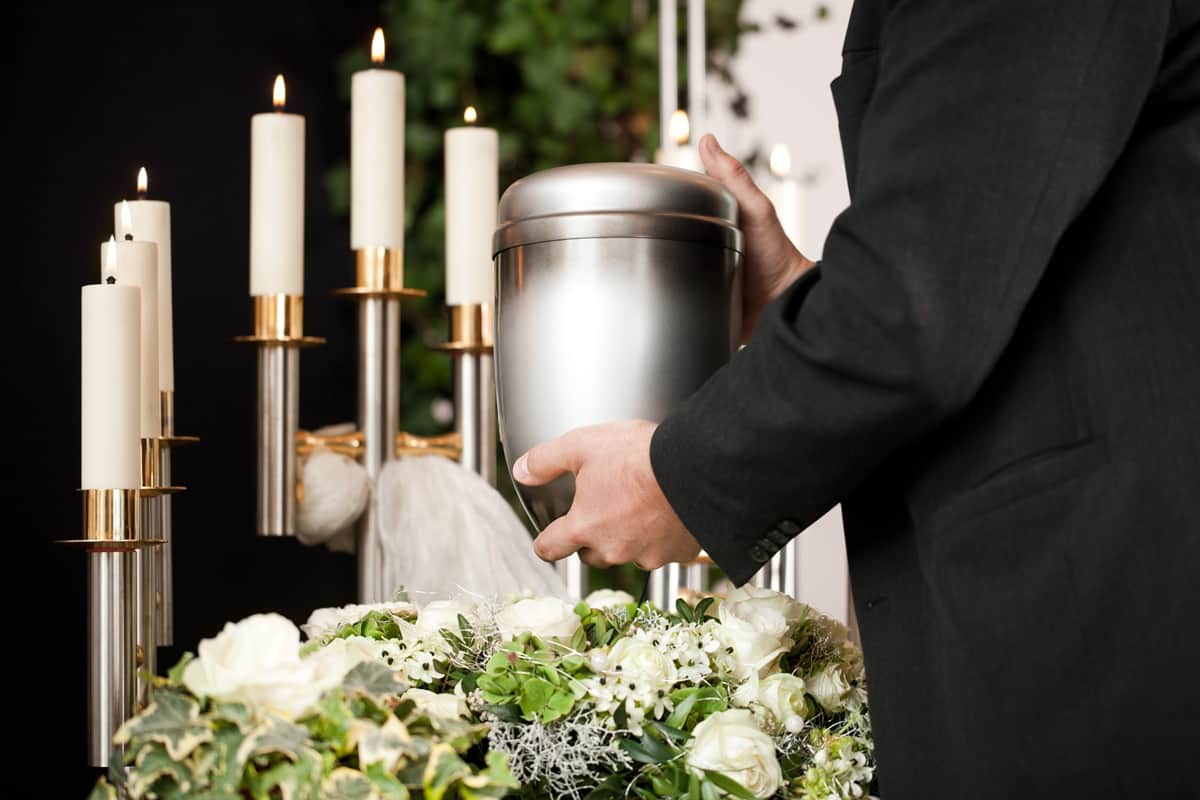
Cremation is a sort of final disposal, or the last treatment of the remains of a deceased person. Cremation is the process of reducing a deceased person’s body to cremated remains by a physical and chemical process that involves both burning and oxidation. Cremation takes place in a specially designed building known as a crematory and is monitored by a qualified crematory operator and a funeral director. The cremated remains are returned to the next-of-kin for ultimate burial, entombment, or inurnment following the act of cremation. The ajax cremation service rates vary significantly among regions due to religious beliefs, cultural practises, and economical reasons.
Most cremations include either pre- or post-cremation memorial ceremonies. Cremation may be preceded by a funeral service or followed by a memorial service, and the cremated remains may be buried, entombed, or inurned. Cremation memorialization services can be religious or secular in character.

Direct cremation is a style of cremation that involves simply the act of cremation and no extra rites, rituals, remembrances, or ceremonies. Each religion has its own set of beliefs and practises around cremation. For example, cremationis permitted in the church if the cremated remains are later placed in a cemetery. Cremation is permitted in the Protestant religion, however burial is recommended when feasible.
Cremation’s Function and Characteristics
Cremations can be done by cremation organisations, full-service funeral homes, or stand-alone crematories. Modern crematory facilities may offer visitor sections and viewing rooms where next of kin, family, and friends can congregate before the cremation. Some crematories let people assembled to observe the cremation process begin when the deceased individual is automatically deposited into the retort. The evolution of ajax cremation servicerates contemporary cremation practises are intended to assist the community of mourners in confronting the reality of death, ensuring that the cremation is handled with decency and care, and initiating the mourning and grieving process.
In general, there are two sorts of crematories: stand-alone crematories and crematories that are part of a larger funeral home. Stand-alone crematories often have smaller buildings, provide fewer services, and employ fewer people. Full-service funeral homes with in-house cremation capabilities, on the other hand, will be able to provide a broader variety of post-death care, including transportation, refrigeration, viewing spaces, and cremation services. Full-service funeral homes may charge greater service fees due to higher fixed overhead expenses. Separate crematories, on the other hand, may provide reduced pricing. The choice of a ‘best’ cremation provider will be based on the goods and services that are relevant and suitable for the unique individual, next-of-kin, and community of mourners.



